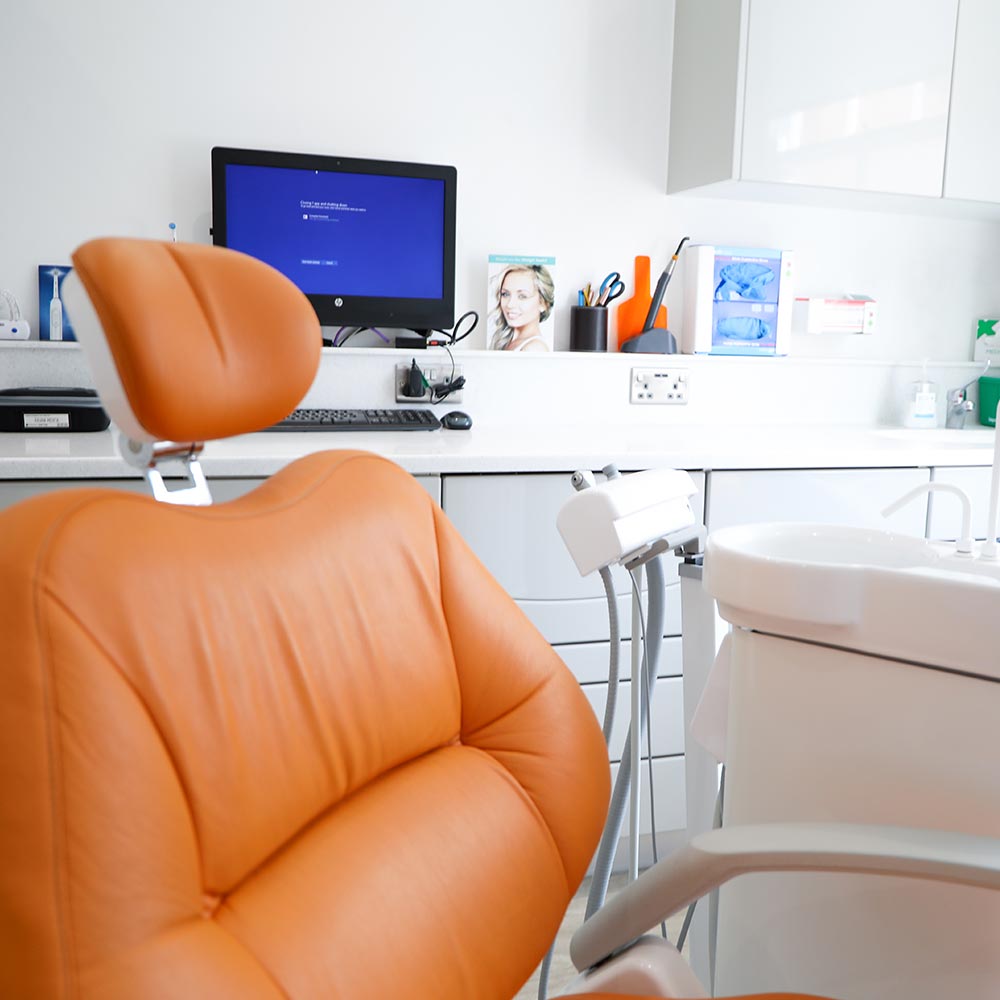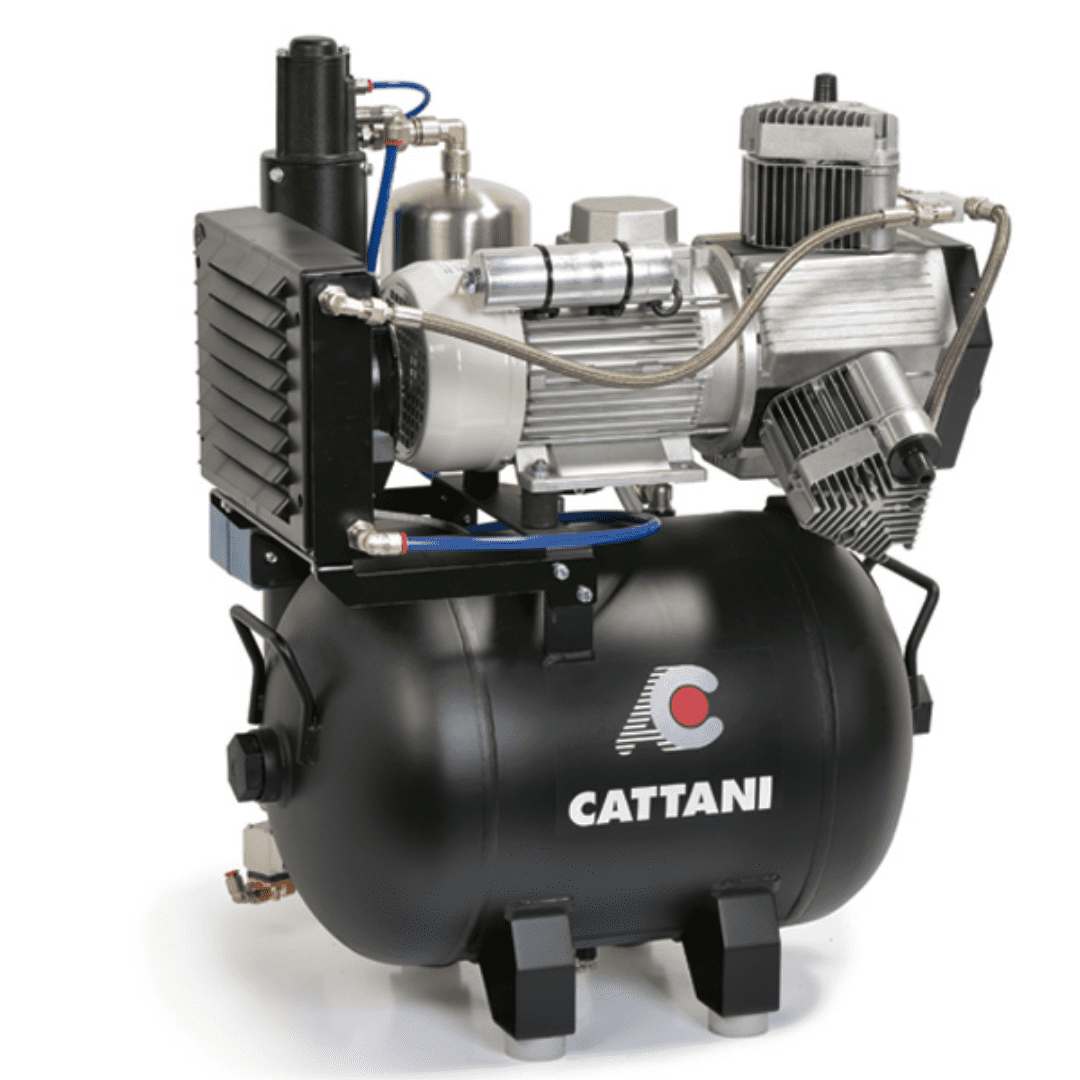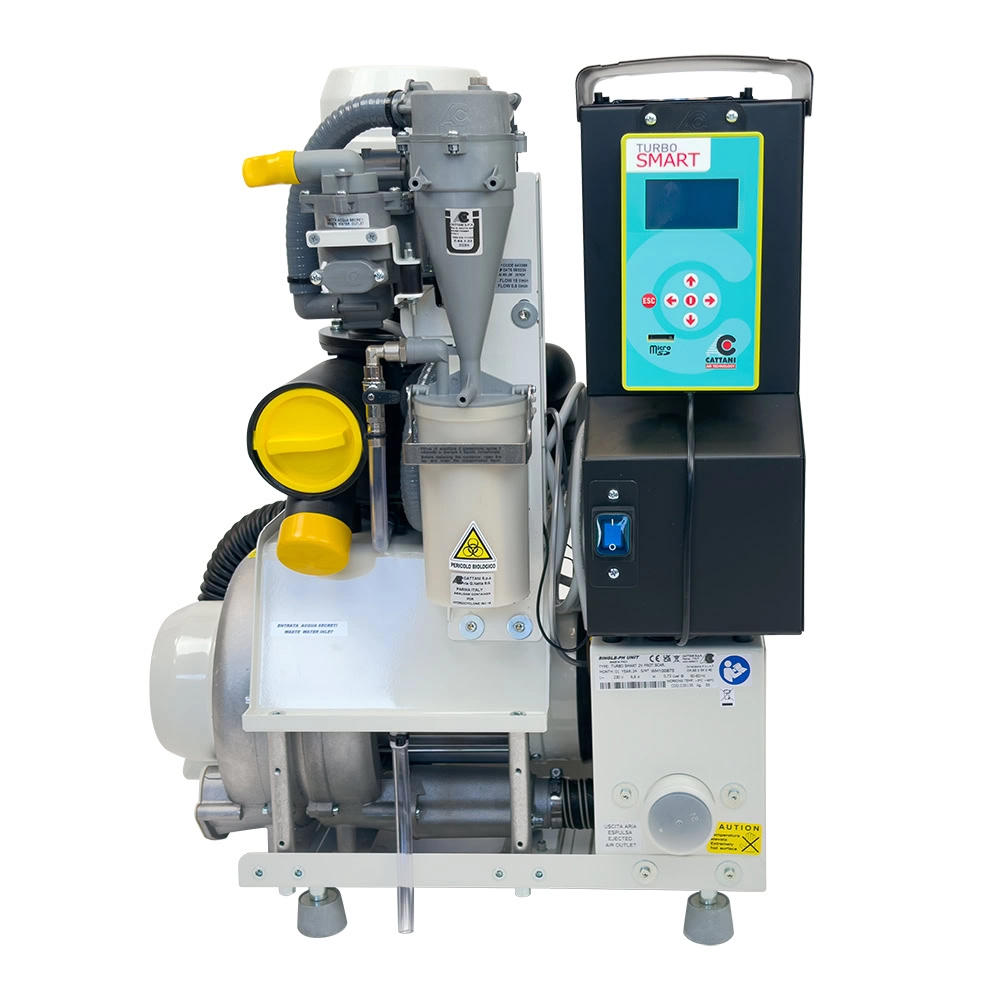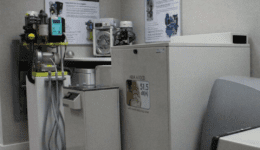Selecting the right dental suction system is crucial for any dental practice aiming for efficiency and fewer maintenance headaches while ensuring they are suitably compliant. Understanding the difference between wet and dry dental suction could significantly improve the day-to-day workflow in your surgery and enhance both patient comfort and staff performance.
Wet and Dry Dental Suction and What Makes Them Different
Wet dental suction systems use water to create a strong vacuum. This effectively removes large volumes of fluid, saliva, and debris from the patient’s mouth, ideal for practices where a high volume of procedures is the norm. Installing wet systems is usually less expensive, and their powerful negative pressure is hard to match, making them indispensable when servicing multiple treatment rooms.
By contrast, dry dental suction relies purely on air, using motor-driven pumps and built-in filtration to provide a stable vacuum. They aid water conservation, lower running costs, and simplify installation, so they’re a practical choice for small to mid-sized practices with these priorities.
Pros and Cons of Wet and Dry Suction: Noise, Maintenance, and More
Noise:
- Wet systems are generally quieter. The reduced noise levels can help improve the overall patient experience.
- Some dry models rival wet systems for silent running. Nevertheless, adhering to workplace regulations requires checking their damping capabilities.
Maintenance:
The difference between wet and dry dental suction means they require different routines.
- Wet units need regular attention. The constant water flow can cause limescale build-up, which means frequent filter cleaning.
- Dry suction needs less long-term attention. There’s less risk of blockages, and filter replacement is generally straightforward.
Annual service checks and daily cleansing are recommended for both systems to ensure peak performance and compliance.
Regulatory Compliance
Despite the difference between wet and dry dental suction, both systems must comply with hygiene and waste-disposal regulations:
- Wet systems simplify amalgam separation, ensuring compliance with dental waste rules.
- Dry systems use air-water separators and need careful attention to ventilation and exhaust facilities.
Which System Should You Choose?
- Choose wet suction if your clinic frequently undertakes surgeries, manages heavy fluid removal, or operates several dental chairs simultaneously. Install the unit on the same or lower floor as the surgery, while considering the additional complex pipework and the need for regular filter cleansing.
- Consider dry suction for lower running costs, water conservation, or flexible installation options like locating the machinery above treatment rooms. They’re ideal for practices aiming for easier long-term maintenance and energy savings.
Some Tips on Installation and Upkeep
- Ensure your choice matches the existing pipe layout and that installations meet all water and noise regulations.
- Always schedule annual servicing and instruct staff in daily cleaning routines for top performance and compliance.
- For expanding practices, hybrid (semi-wet) systems offer a middle ground option tailored to your fluid removal needs and space constraints.
The right suction system will keep your practice compliant, efficient and help create a calm, hygienic space for both staff and patients. Get professional advice from Hague Dental Supplies about the difference between wet and dry dental suction to ensure you make the most suitable choice for your practice.









